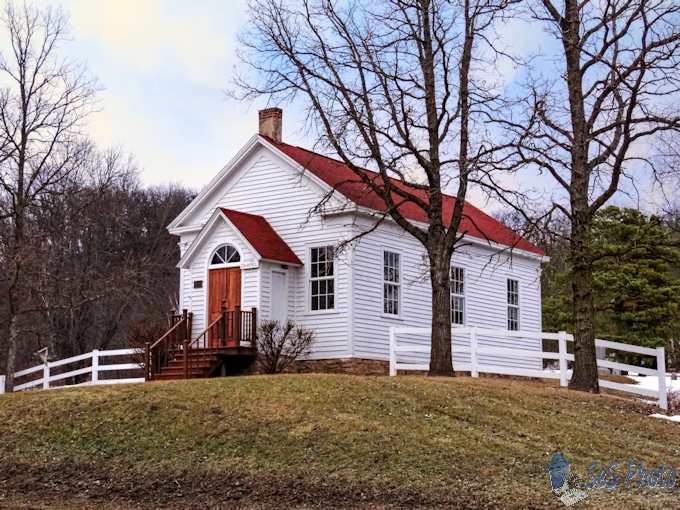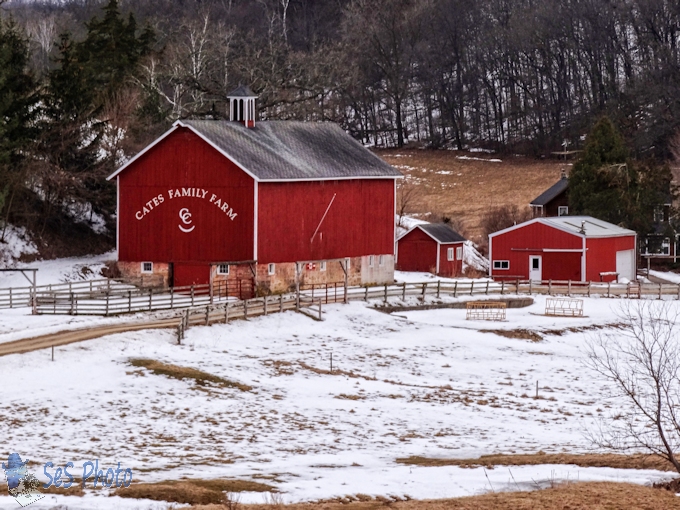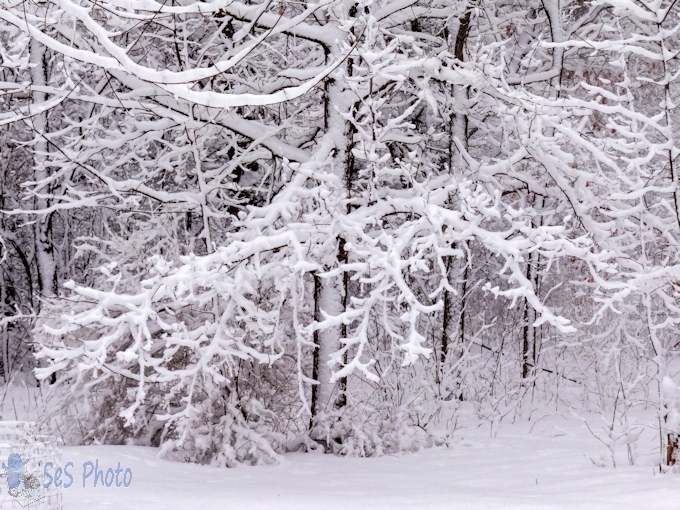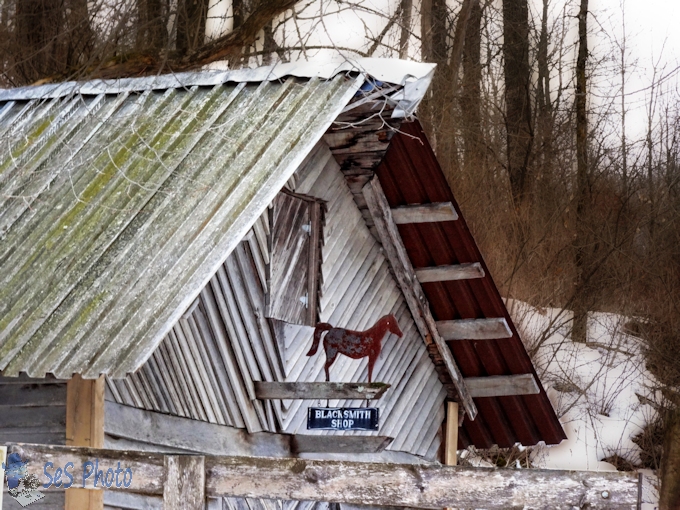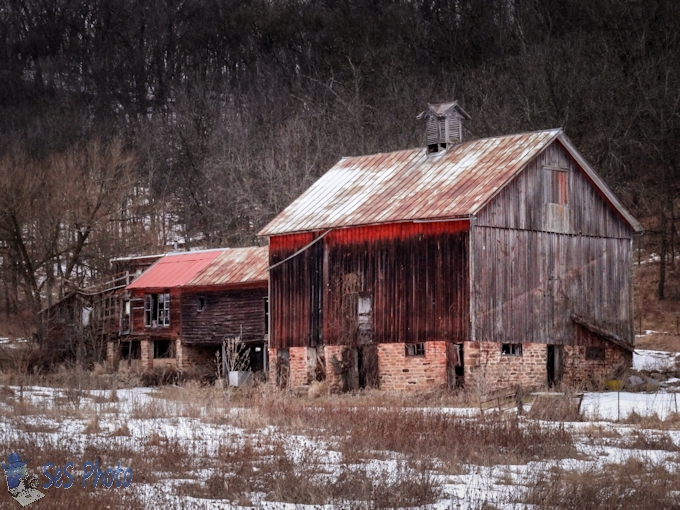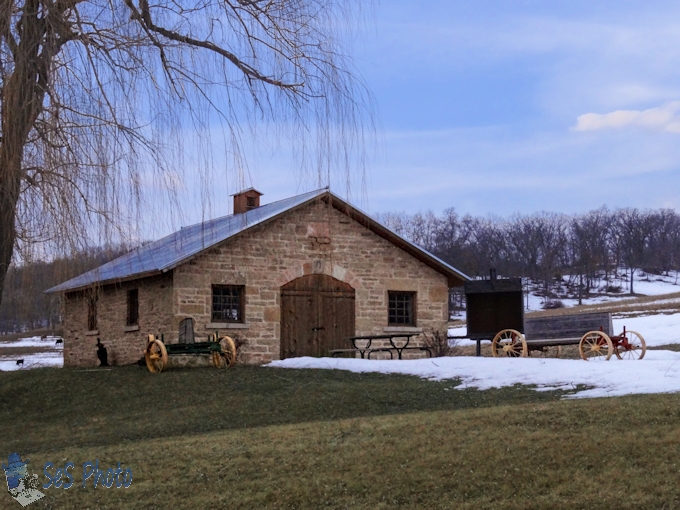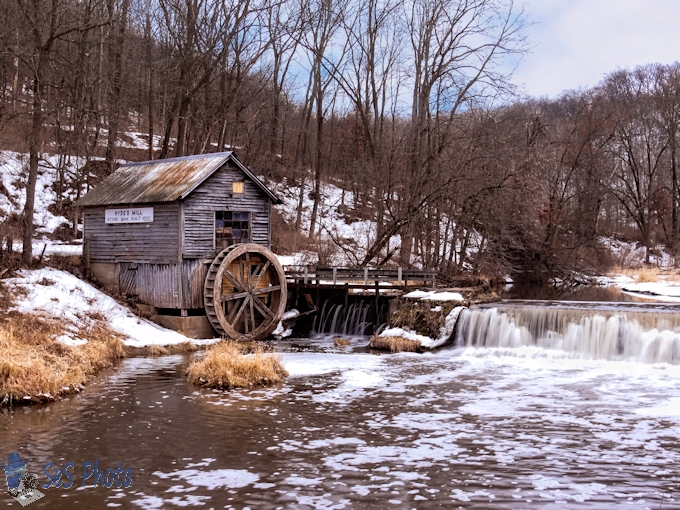In the rolling hills of Iowa County in Wisconsin, and originally known as the Mill Creek Church, the Hyde Chapel was built in 1862. Notes in records stated, “no place needed a church and preaching more than did the Mill Creek Valley”. Whether they needed preaching or not, the people of the valley held a meeting at which they “unanimously resolved to build a house for public worship if they in any way could” and they did build their church.
The Covenant and Confession of Faith by the Presbyterian and Congregational Churches of Wisconsin were adopted but the church was always open to people of various faiths and Congregationalists, Lutherans, Baptists, Methodists and Catholics are buried in the adjacent cemetery.
The Hyde Congregational Church continued until 1957 when it was disbanded and the church doors were thus closed except for the occasional funeral. Although it appeared the church would fall into decay, a non-profit corporation, the Hyde Community Association, was formed to preserve and maintain the Hyde Church as a historical landmark and memorial to the pioneers of the community in 1966 and inducted into the National Registry of Historic Places on October 13, 1988.
Hyde Chapel
